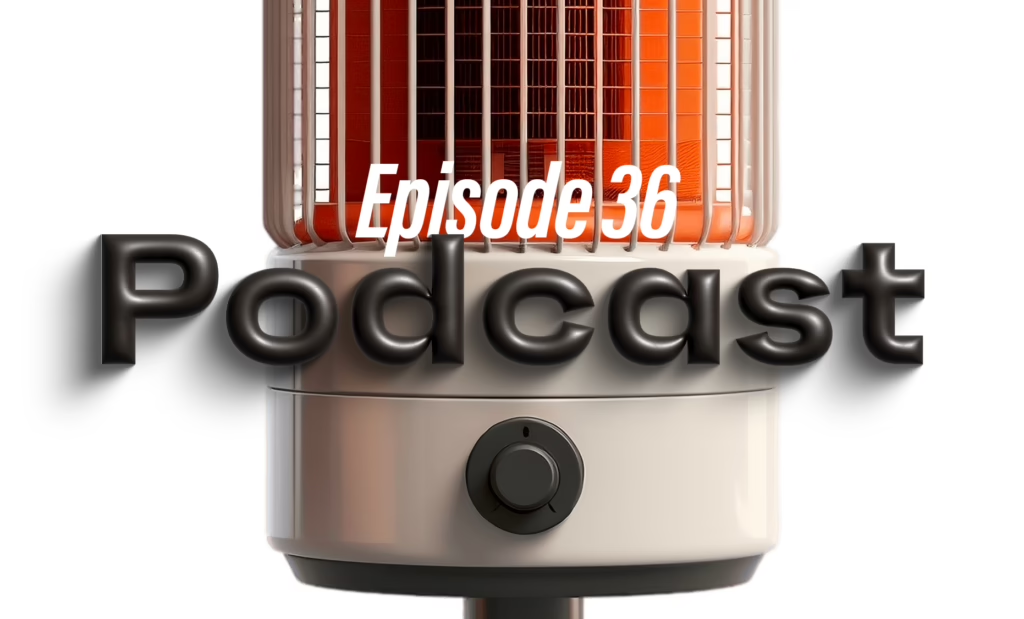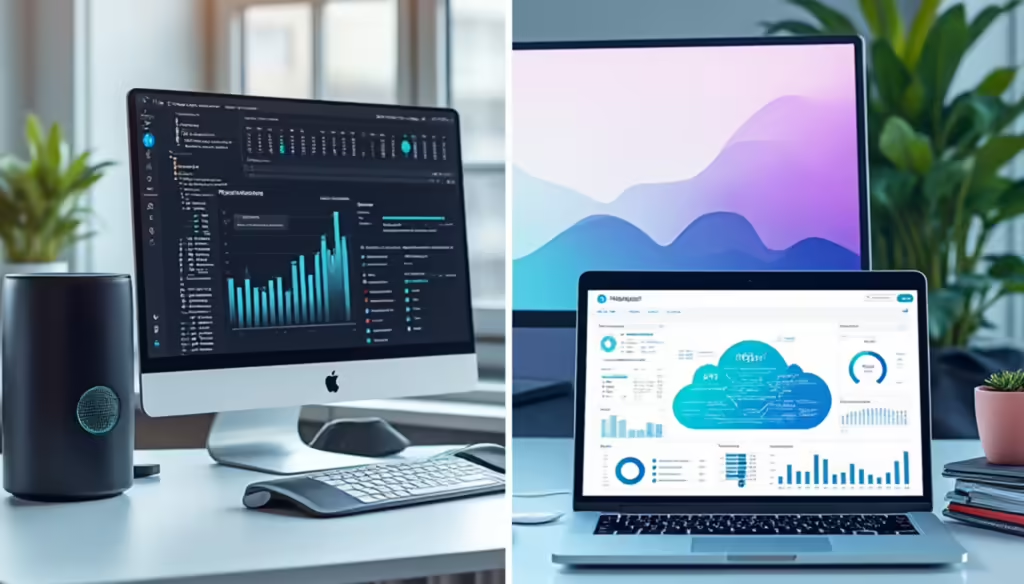With Margi Agin
Selling an innovative product relies on driving change. There can be a lot of resistance to adopting a new product of any size, and nowhere more than for B2B products with long sales cycles and complex onboarding processes. Margie Agin, author of “Brand Breakthrough: How to Go Beyond a Catchy Tagline to Build an Authentic, Influential and Sustainable Brand Personality” and chief strategist of Centerboard Marketing, helps product makers to accelerate adoption and achieve breakthroughs by distilling functions down to their core value propositions. Margie engineers “AHA!” moments for brands as well as for customers.
Be sure to grab Margie’s Brand Breakthrough Action Guide for hands-on activities, checklists, interview questions and templates to kickstart your brand journey.
Here are some highlights from this can’t-miss episode:
1:24: How to cruise through a blocker in the sales process
3:41: Using language and narrative to dissolve buyer resistance
4:45: Asking all the right questions (based on Margie’s market research experience)
5:41: “Poking the bruise” to trigger an urgent sense of need
7:10: Pulling the value from features to answer “What’s in it for ME?”
8:28: How (and why) small companies can connect better than the giants
10:50: Using archetypes in convincing tech people to embrace fun, customer-friendly narratives
14:43: Resonating with a diverse assortment of audience types
18:11: Building trust, in a world that distrusts brands
21:00: Testimonials that move buyers forward
22:35: Avoiding the most deadly mistake even the biggest product brands make





